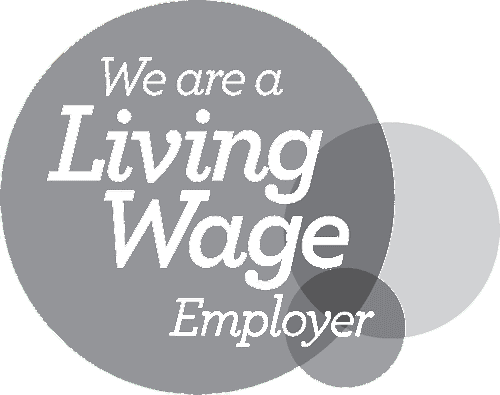
Outsourcing vs in-house procurement for schools: what’s right for you?
When it comes to procurement, schools face unique challenges and opportunities. Making the right procurement decisions can significantly impact a school’s budget, resources, and overall efficiency. One of the biggest decisions is whether to conduct procurement in-house or outsource it.
By understanding the pros and cons of each approach, you can make informed decisions that align with your school’s goals and maximise the value of your procurement process.
Outsourcing procurement
Pros:
Outsourcing procurement offers a wealth of benefits, specifically designed to support schools and School Business Managers. By partnering with a specialised procurement provider, you can tap into their expertise and experience within the education sector.
These professionals possess a deep understanding of the unique challenges faced by schools and can offer valuable insights, market intelligence, and regulatory compliance guidance. This expertise helps schools optimise their purchasing decisions and strategies, ensuring better value for money.
In addition to expertise, outsourcing procurement saves precious time and internal resources for schools.
By offloading the procurement process to external providers, School Business Managers can focus on other school-centric responsibilities. This streamlined approach enhances overall efficiency, allowing schools to allocate resources effectively and save precious time during their busy workdays.
Outsourcing also brings cost-saving advantages. Procurement providers leverage their established networks and relationships with suppliers to secure competitive pricing, favourable contract terms, and improved delivery schedules through the use of frameworks and DPSs.
These partnerships help schools reduce costs, while maintaining the quality of goods and services, ultimately maximising the impact of their procurement budget.
Education Buying has helped numerous schools achieve savings or avoid added costs in their procurement journeys through the use of their frameworks and DPSs if you want to read more about the schools we’ve helped, click here.
Cons:
While outsourcing procurement has numerous advantages, it’s important to consider the potential drawbacks.
One key concern is the loss of control over the procurement process. Schools must strike a balance between relinquishing some decision-making responsibilities and maintaining open lines of communication and collaboration with the external provider.
Clear expectations, regular updates, and effective reporting mechanisms help mitigate this challenge, ensuring transparency and alignment.
Make sure you are working with a trusted and well-respected external provider, if you are worried, ask other schools and MATs around you to see whom they work with and what they think of them.
Another consideration is the cost associated with outsourcing.
While outsourcing can result in cost savings through improved negotiations and streamlined processes, you should still carefully assess the fees and charges of the outsourcing arrangement.
A great way to combat this is through conducting a thorough spend analysis review for your school so you are prepared in what spend areas you can focus on to get outsourced procurement, ensuring that you maintain financial stability and get a return on your investment.
Communication and coordination are also crucial aspects of successful outsourcing
Your schools should establish effective channels for clear communication, define procurement requirements, and regularly review and assess the provider’s performance with contract management meetings. By being proactive, you can minimise potential challenges and foster a productive, long-term partnership.
In-house procurement
Pros:
In-house procurement provides School Business Managers with a high level of control and customisation.
Schools can directly oversee the entire procurement process, including supplier selection, contract negotiation, and final decision-making. This control allows for alignment with your school’s specific needs, priorities, and strategic objectives. It also ensures transparency, as you can closely monitor each step of the procurement process.
One of the significant advantages of in-house procurement is the ability to tailor procurement strategies. Internal procurement teams can develop a deep understanding of the school’s requirements and preferences, letting them create customised procurement approaches that fit to the schools requirements specifically.
This tailored approach ensures that purchasing decisions align with your school’s objectives and specific budgetary considerations.
In-house procurement also enables schools to build institutional knowledge. By handling procurement internally, SBMs and their team can gain valuable insights into their school’s unique requirements, supplier relationships, and historical purchasing data.
This institutional knowledge empowers SBMs to make informed decisions, anticipate future needs, and continuously improve procurement efficiency.
Cons:
In-house procurement also presents considerations and potential challenges. One major factor is the resource and skill requirements.
Effective in-house procurement necessitates dedicated resources, including skilled procurement staff, efficient technology, and ongoing training. This is doubly so for your larger contracts such as energy, catering and cleaning.
Schools must ensure they have the necessary expertise to navigate complex procurement processes, comply with regulations, and stay updated with industry trends. If you are to combat this, be sure to invest heavily in staff development and training to maintain a competent and knowledgeable procurement team.
Time constraints can also pose challenges for schools conducting procurement in-house. School staff members already have diverse responsibilities, including student support, and administrative tasks.

Being unable to dedicate sufficient time and attention to procurement activities can be challenging. It can potentially result in delays, oversights, or rushed decision-making. Clear processes, time allocation, and teamwork are crucial to overcoming these constraints.
While in-house procurement provides control for your school or MAT, building and maintaining supplier relationships can be a hurdle. External providers often have extensive networks and market intelligence, which can be challenging to replicate internally.
If you are to commit to in-house procurement, you should invest time and effort in building supplier networks, conducting market research, and staying informed about industry trends and pricing dynamics.
Conclusion
Making the right procurement choices is vital for schools, with budgets being so tight, it’s critical to take both outsourcing and in-house procurement’s unique advantages and considerations into account. Schools must evaluate their specific needs, available resources, and strategic objectives to determine the optimal procurement approach.
Whether you end up opting for outsourced or in-house procurement, be sure to set clear goals, maintain open communication, and commit to regular reviewing and adaptations to make sure you are making the most of your procurement.
By aligning procurement strategies with your school’s evolving needs, schools can effectively manage their procurement processes, maximise resources, and most importantly, provide an exceptional educational experience to students.
If you want to outsource your procurement, Education Buying is dedicated to supporting schools and MATs in their procurement journey. Our comprehensive solutions and expertise empower schools to make informed decisions, optimise procurement processes, and achieve their goals.





